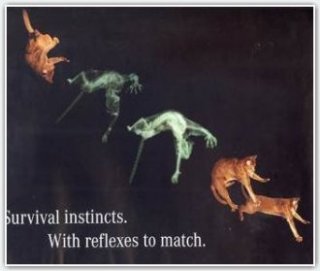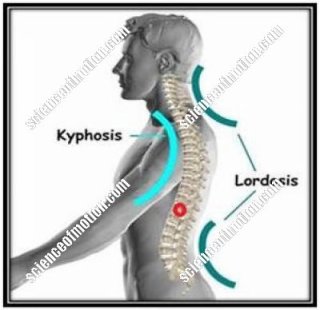A New Generation Of Riders
A New Generation of Riders
Jean Luc Cornille
Dressage and In hand horse trainer
Many of the elements explained here through the muscles of the limbs apply to the work of the back muscles during locomotion. This is why swinging back theories and concepts such as shifts of the rider weight and greater amplitude of the rider's movements are degrading equine athletes and equestrian art. It is all about energy, and therefore, it is all about tuning nuances in the muscle tone of the rider's back with nuances in the horse's back muscle tone. When the amplitude of the rider's movements exceeds the range of motion of the horse vertebral column, the rider's movements stimulate protective reflex contraction of the horse's back muscles. When the rider leans backward, shifting his or her body weight back to front as emphasized in the driving seat, the riding engenders heavy weight on the bit and heavy pulling of the rider's hands.

The tendinous elements of the horse's back muscles react to any shift of the rider's weight. In the light of how the horse vertebral column effectively functions, shifts of the rider's weight create chaos. Chaos is also created by the large swing of the rider's back, such as the "doughy" seat, as described by Waldemar Seunig. "The subtle S-curve of the spine allows the spine to oscillate minutely, a movement so tiny that it is hardly perceptible to the naked eye, producing a "soft" seat. This "soft seat" differs fundamentally from a "doughy" seat, in which we find a spine that is too flexible and allowed to undulate freely in response to the horse's movement." Long before an advanced understanding of the equine vertebral column mechanism, The Duke of Newcastle promoted at the seventeen century an "unmovable" pelvis. The architecture of the horse's back muscles demands extreme sobriety of the rider's vertebral column movements. Once the bodyweight is neutral, which means that the middle of the rider's spine, (the center of rotation, in red on the right picture,) is effectively at the exact vertical of the seat bones, the relationship between the horse and the rider is at the level of nuances in muscle tone. Xenophon, Newcastle, and numerous great masters have intuitively figured that the real dialogue was about sobriety and rhythm. In the past, only a few riders reached such mastery because a considerable evolution had to be made from the principles emphasized in equestrian education to an equitation based on subtle nuances in muscle tone. With actual knowledge, more riders have the talent and intuition to master a better equitation. The journey from a relaxed back to a subtlety tuned back is difficult without a sound understanding of the equine vertebral column mechanism. The journey is still challenging but easier to complete when we understand how large movements of our back create chaos and, therefore, protective reflex contraction of the horse's back.
Already in 1949, General Decarpentry understood that the equitation taught in academic school was a sound basis, but the rider's intuition was a great part of superior achievements. "The officer who decides to prepare a horse for international dressage tests is going beyond the limits of his equestrian education." (Decarpentry, 1949) Each officer had to rediscover what others have found before him but was unable to explain because their findings were beyond the scope of available knowledge. Performances have evolved as well as the quality of modern equine athletes. A horse born with outstanding athletic abilities is also quite often highly spirited, highly sophisticated, and intelligent. Conventional equitation is overwhelmed by the new generation of equine athletes.
On the contrary, riding and training techniques understanding at a more sophisticated level how the horse's vertebral column functions and how the horse's brain can achieve control of this vertebral column mechanism, allows an education based on partnership instead of submission. The new generation of superior horses is too intelligent and spirited for submission, and control has to be achieved through abuse. "If a dancer was forced to dance by whip and spikes, he would be no more beautiful than a horse trained under similar conditions." (Xenophon)
Horses perform well under these conditions because they are superiorly talented. They would perform ten times better and would remain sound if their education was based on actual knowledge of their physiology. The real rider is not the one which is advertised as Master. The real rider is the one who cans converse with the horse, which means the real Master is the one who has a sound knowledge of the performance's athletic demand and is therefore capable of analyzing the horse's difficulties and providing adequate insights.
We are creating a new generation of riders, and the most talented will became real Masters. Knowledge is the solution away from rollkur and submissive techniques. Extraordinarily talented horses will not have to suffer from long, deep, and low. They will not have to be squeezed between the inside leg and outside reins. Their straightness will be achieved based on their physical peculiarities, advanced knowledge of how their thoracolumbar column can effectively master straightness, and how their intelligence can be directed toward such mastery.
Science Of Motion
Jean Luc Cornille
scienceofmotion.com IHTC (In Hand Therapy Course)



 twitter
twitter facebook
facebook delicious
delicious digg
digg google
google stumbleupon
stumbleupon tumblr
tumblr pinterest
pinterest myspace
myspace linkedin
linkedin